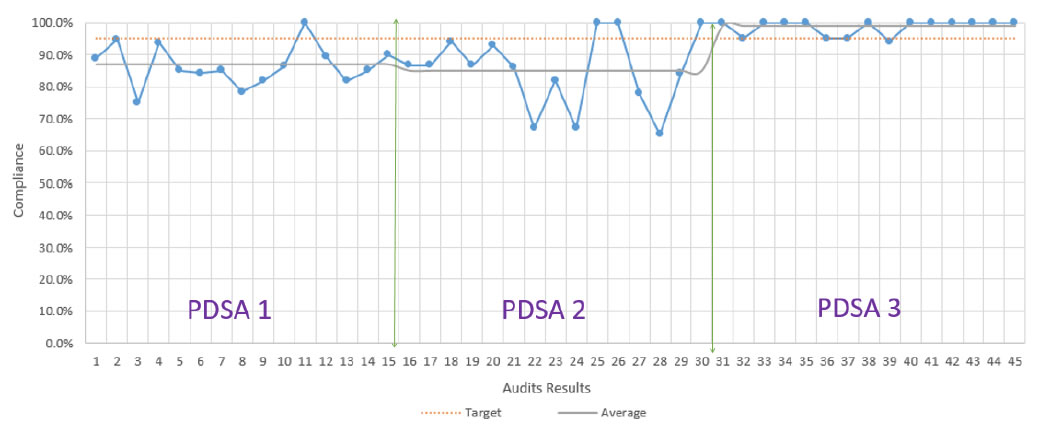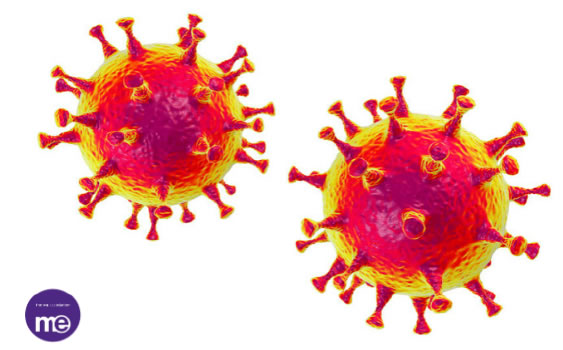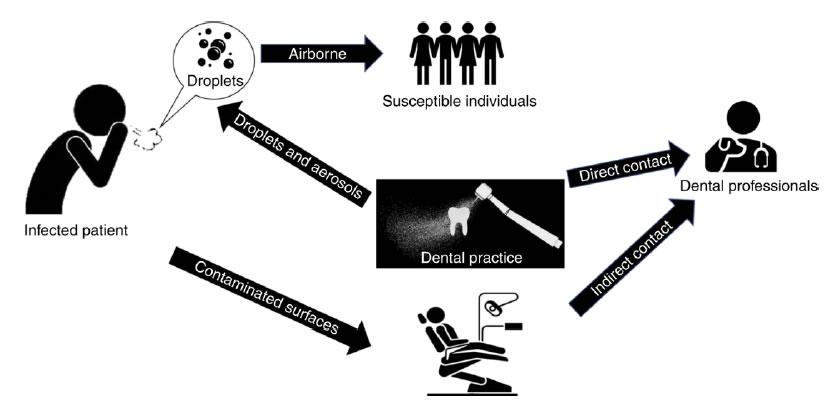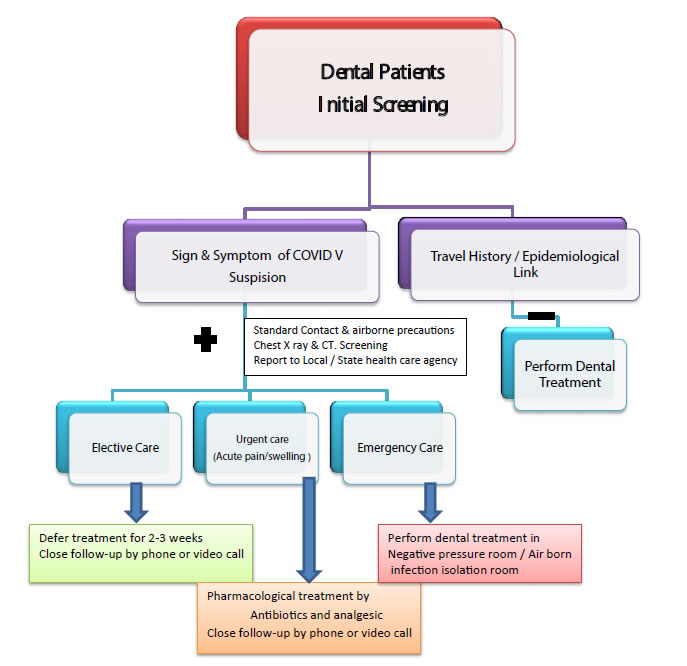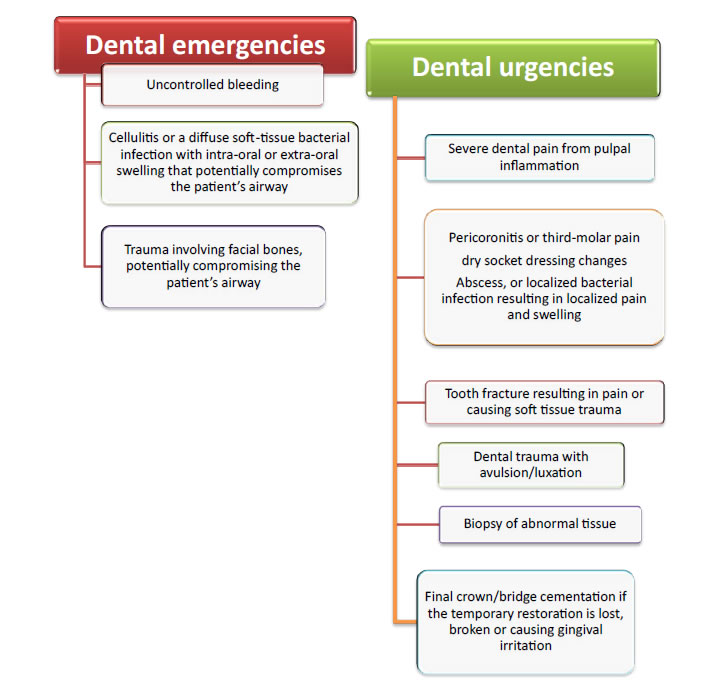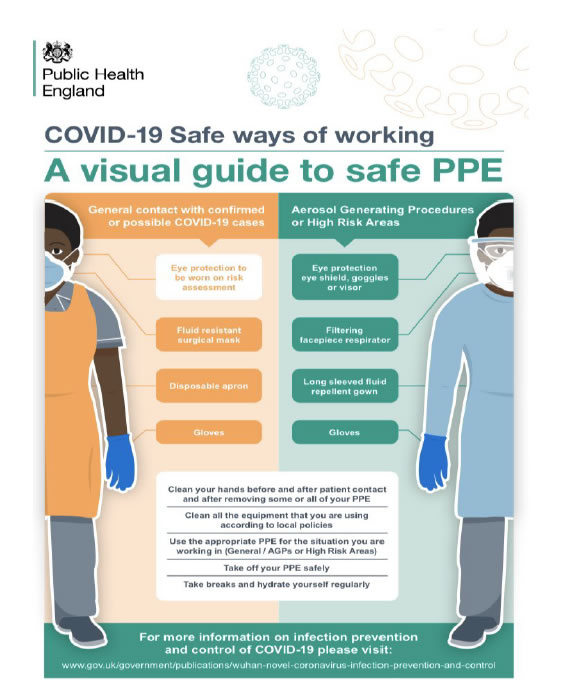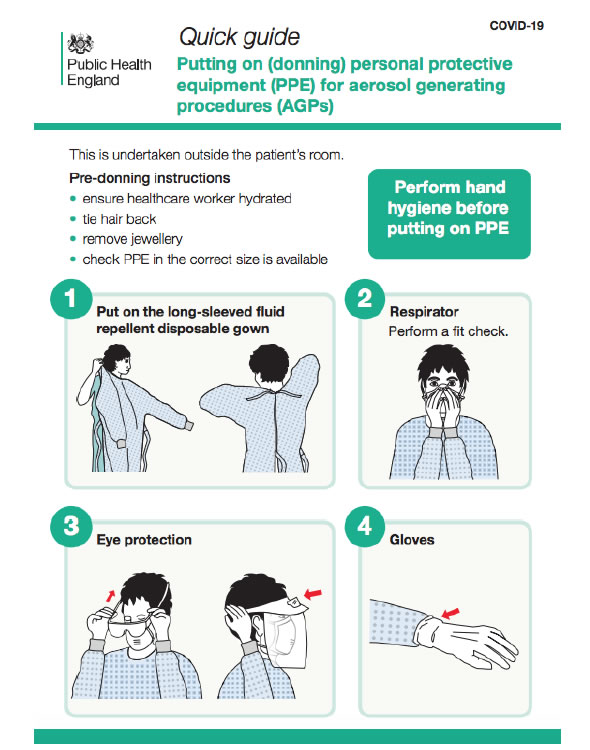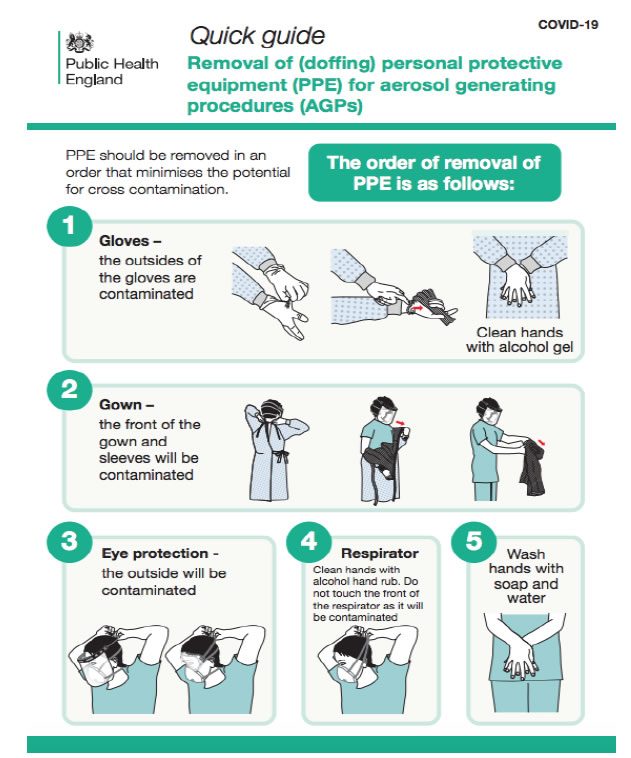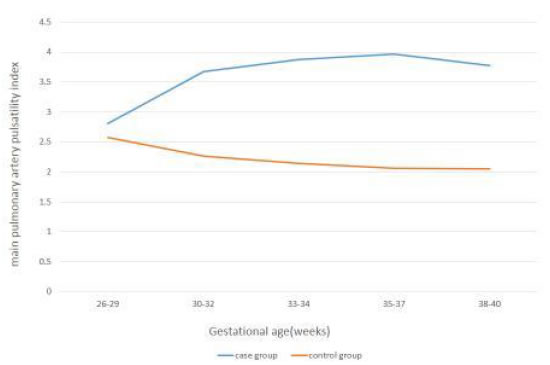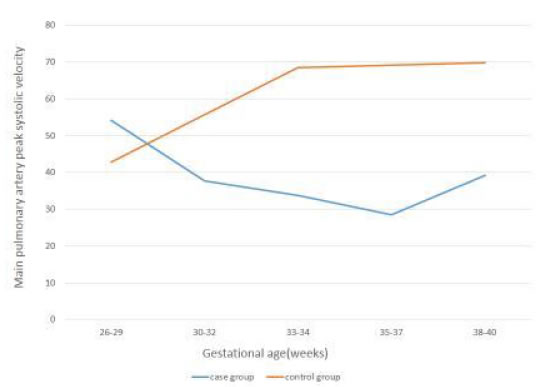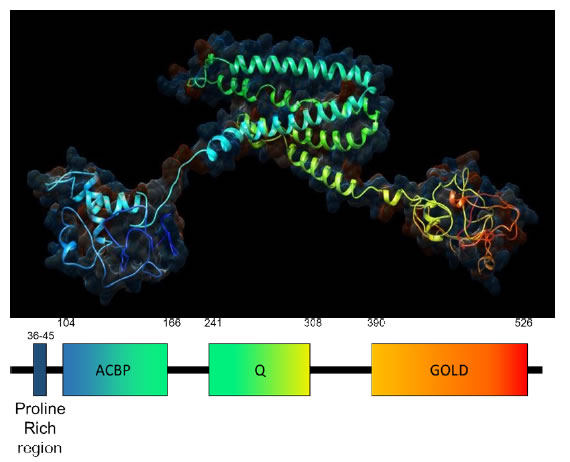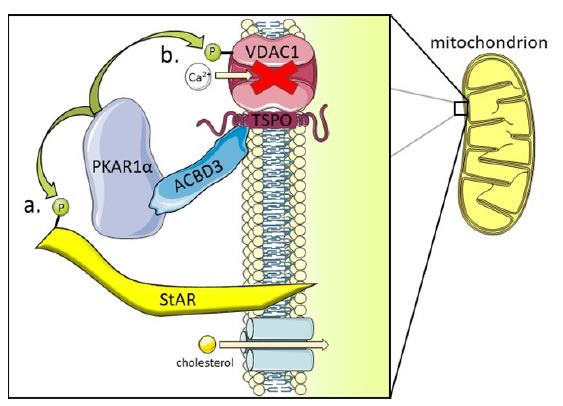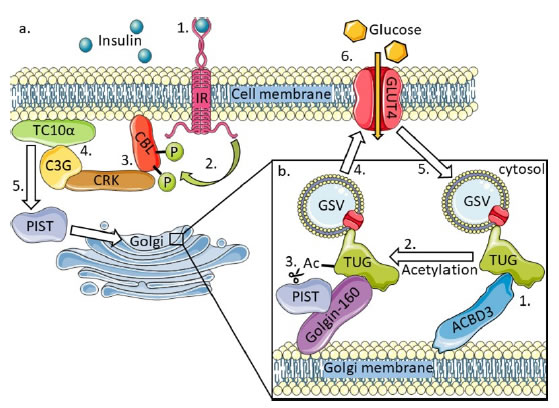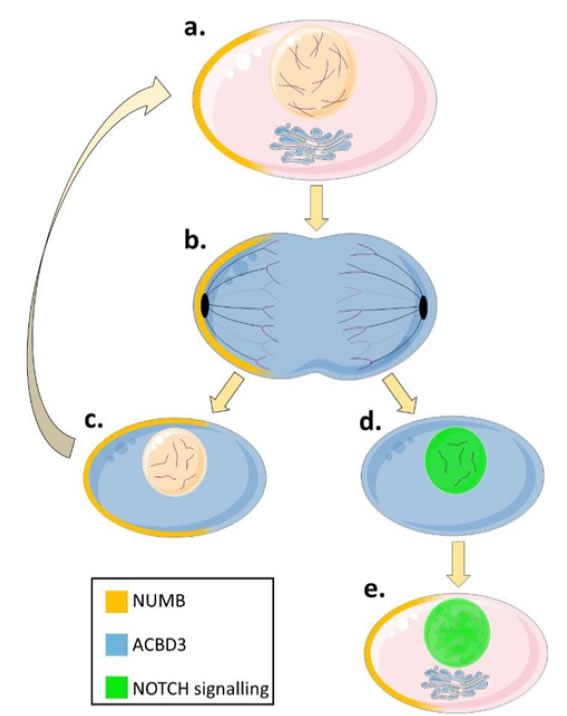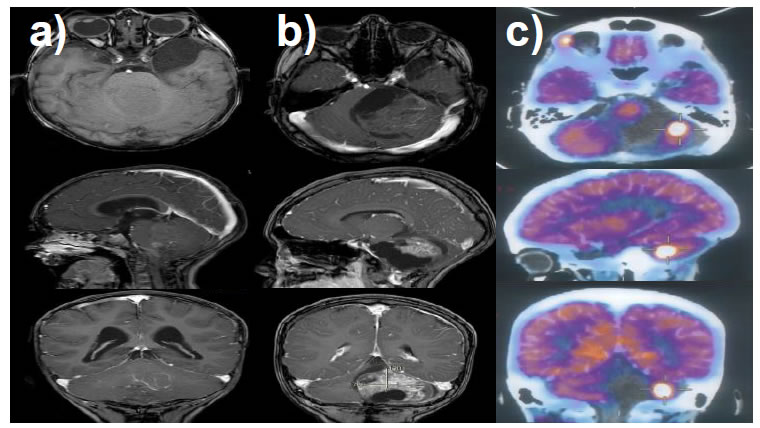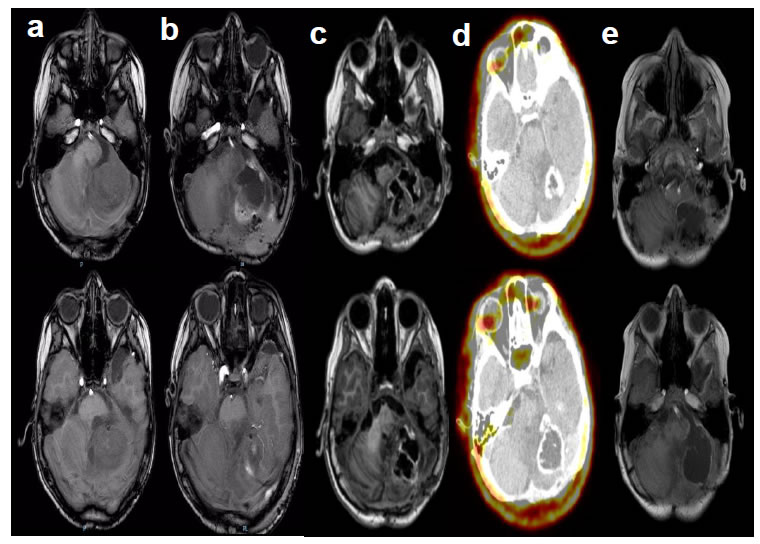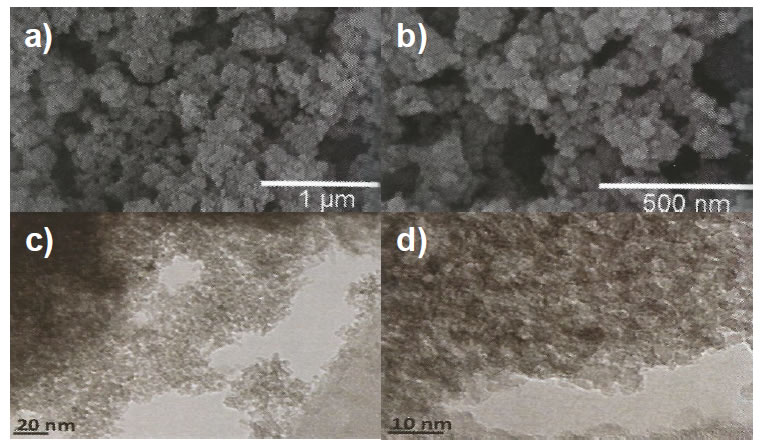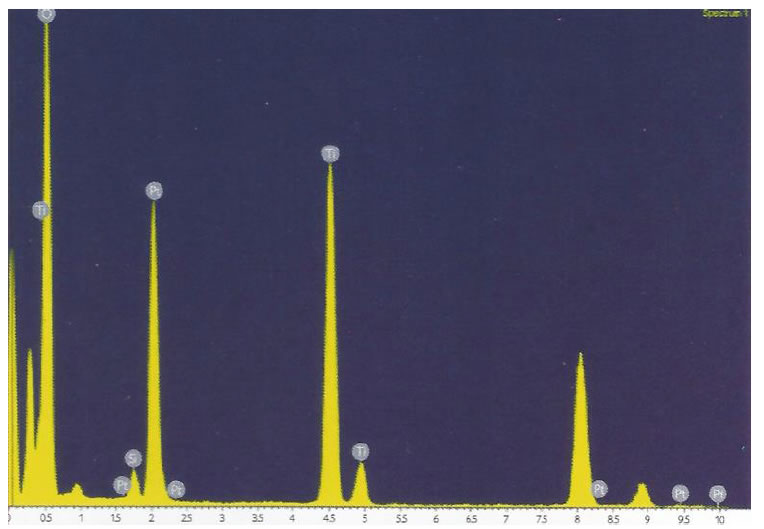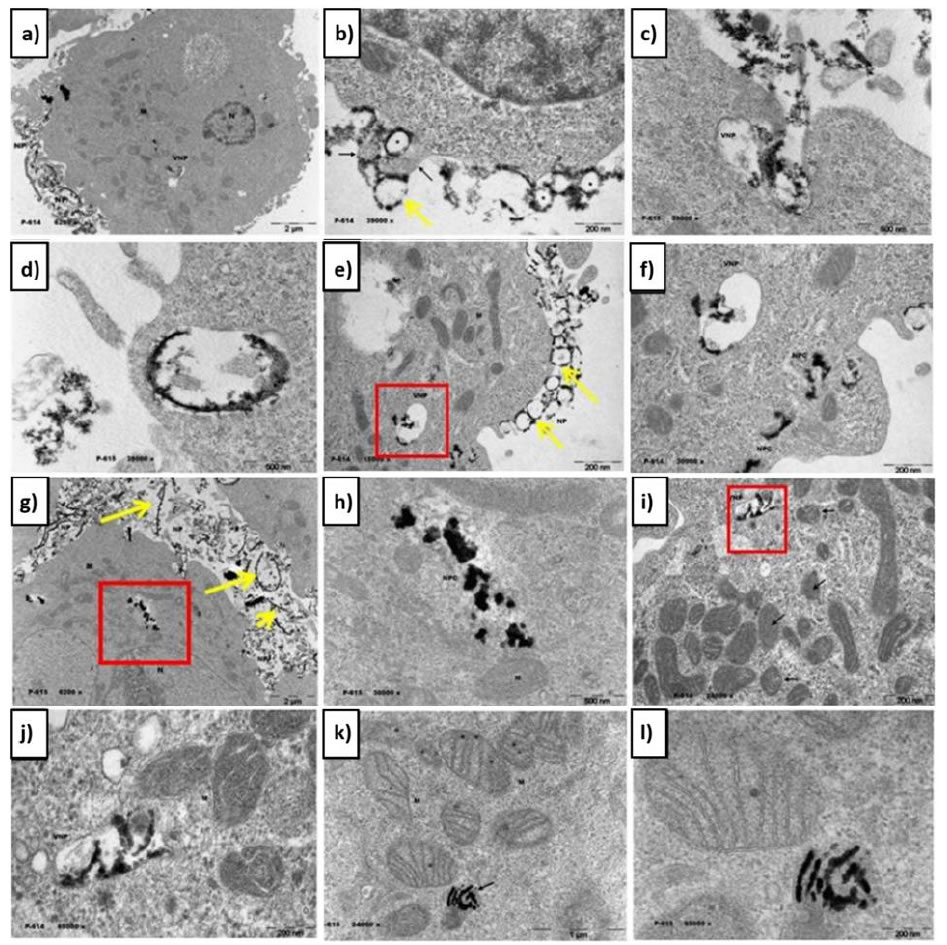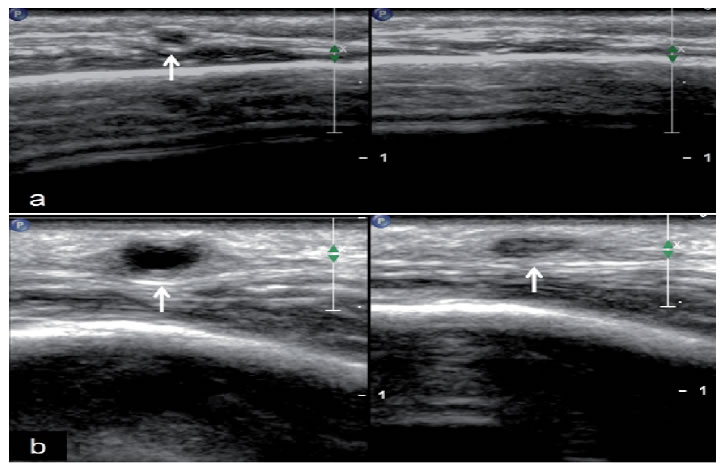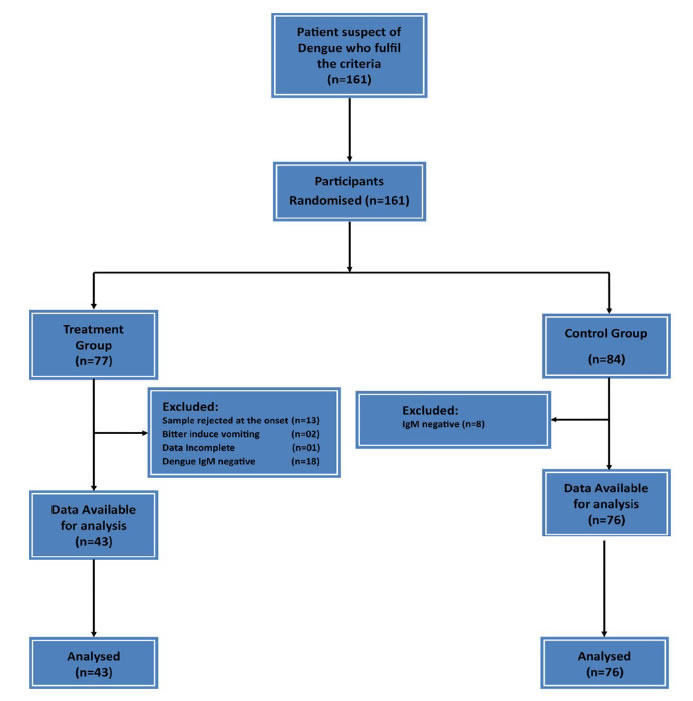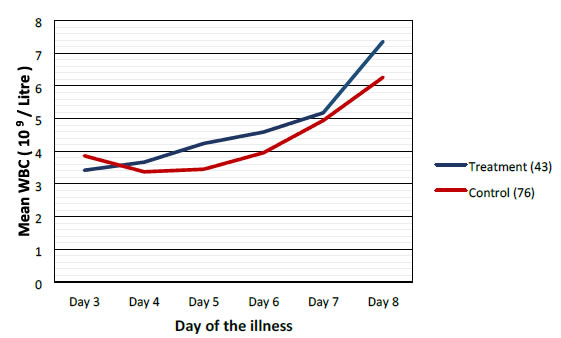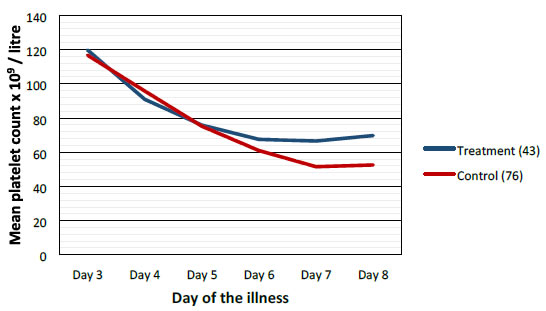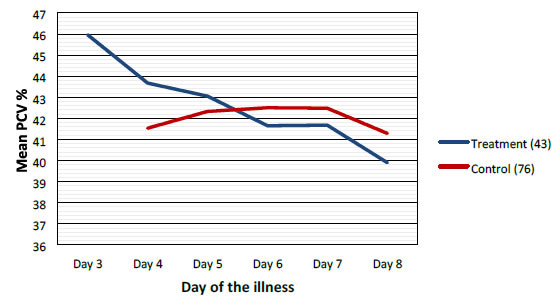DOI: 10.31038/CST.2020524
Review Article
Stress of Working in Oncology
Oncology is a medicine area of high psychic investment. Working with cancer patients is a source of human and professional satisfaction but can involve high emotional costs [1,2]. High levels of burnout and compassion fatigue are reported by about 32% of oncologists [3,4] this percentage rises to 70% among people under 40 years [5]. High levels are also found among nursing staff with marked levels of emotional exhaustion [6]. Repeated exposure to suffering and loss, to the side effects and/or the failure of treatments to the end of life stages, to feeling overwhelmed by work, are among the causes of chronic distress that medical staff accumulate in clinical practice. Care of cancer can result in emotional distress and exhaustion, loss of empathy, and demotivation from work [7]. Of no less importance is the “difficult” communications that are estimated at around 20,000 in the career of an oncologist [8].
Prevalence of COVID-19 and Risk of Infection
It is well known in the history of infectious diseases that health workers are those who pay a high cost. On the one hand testifies to the tendency of healthcare personnel to take risks for patient care, on the other highlights how often they are confronted with epidemics without adequate safety systems [9]. COVID-19 has been the most catastrophic pandemic after the 1918 H1N1, known as the “Spanish flu”. The Italian data of April 23, 2020, by the Istituto Superiore di Sanità (ISS) [10], show that 11% of the symptomatic infected people are health workers, with a median age of 48 (vs 62 years, total case median age), 69% women, with a lethality rate of 0.4%. The increased exposure of health personnel is also confirmed by the data of the Italian National Institute for Accident Insurance at Work (INAIL) [10]. The Health and Social Care sector (hospitals, nursing and rest homes, etc.) reports 72.8% of cases. Of the 28,381 SARS-CoV-2 occupational infections reported between the end of February and April 21, 2020, 71.1% are women. The median age of 48, 45.7% are health technicians (nurses, physiotherapists), 18.9% socio-health workers, 14.2% doctors, 6.2% social workers, 4.6% unqualified staff related to health services and education. The territorial analysis shows a distribution of complaints of 52.8% in the North-West (Lombardy 35.1%), 26.0% in the North-East (Emilia Romagna 10.1%), 12.7% in the Centre (Tuscany 5.5%), 6.0% in the South (Puglia 2.6%), 2.5% in the Islands (Sardinia 1.3%). The monitoring also detects 98 reports of accidents with a fatal outcome following COVID-19 (about 40% of the total deaths at work reported to INAIL in the period under review), median age 59 years, 79.6% are men. The territorial analysis shows a distribution with 54.1% of deaths in the North-West (Lombardy 36.7%), 13.3% in the North-East (Emilia Romagna 9.2%), 10.2% in the Centre (Marche 4.1%), 20.4% in the South (Campania 9.2%) and 2.0% in the Islands (Sicily 2.0%). The category of health technicians (nurses, physiotherapists) is the most affected (15%), followed by doctors, social and health workers, and social workers (all three professional categories, 13%).
The data on the place of exposure of the contagion (sample n = 5000) in the period 1-23 April 2020, show as most at risk the Healthcare Residences (RSAs), then the Communities for Invalids and Retirement Homes (44.1%), family (24.7%), hospitals and clinics (10.8%), workplace (4.2%) [11]. The Italian data are consistent with the Chinese and North American ones which identify a category at risk of contracting COVID-19 in healthcare personnel, with percentages of 3.8% of the total cases in China and 19.0% in the USA. A higher prevalence of women, younger individuals, and a lower lethality, probably due to the higher number of swabs carried out, are the characteristics that differentiate health workers from the total sample of subjects who contracted the virus [12,13].
Challenges Posed by COVID-19 to Healthcare Workers in Oncology in the Phase of Strong Epidemic Spread
Our country and the National Health System (NHS) were not prepared for this pandemic unlike others like China and South Korea who had faced other flu epidemics such as SARS and MERS. Italy had never found itself having to implement such an impressive health response plan. In phase I, while many hospitals were transformed into intervention hospitals or HUBs for COVID-19, the staff who worked with cancer patients faced professional and personal problems. The scarcity of adequate Personal Protective Equipment (PPE), the uncertainty regarding the mode of transmission of the virus and the related protective behaviours, the consequences of the delay in recognizing some positive patients, the responsibility of patients at risk for age and immune conditions, the first contagions among colleagues with consequent worry and workload, the fear of infecting their family members, the lack of swabs and reagents constituted the initial scenario. In an “unexplored terrain” where little was known about the virus and even less about possible therapies, the oncological health workers participated together with the others in the trauma and mourning, powerless witnesses of the surge of infections, the wave of deaths, the collapse of the Intensive care, patient transfers to other contexts.
Working in oncology they should have been used to considering death in the background, but this was “another” disease. The high rate of contagion among health professionals [14], the median 10 days from diagnosis to death, the lethality rate reported as preliminary data by the National Institute of Statistics-ISTAT [15] showed an increase in deaths equal to or greater than 20% compared to the average figure for the same period in the years 2015-2019, which made COVID-19 a different phenomenon. Health workers were personally touched by the fear of contagion, by the death of colleagues, patients, and loved ones, feeling exposed, mortal, and fragile [16,17]. “Am I part of the cure or am I part of the disease?” a doctor asks himself, stressing the conflict between a sense of responsibility for one’s job and that of one’s family [18]. The fear of “taking the virus home” is not unfounded if we think that 41% of COVID-19 cases in Wuhan resulted from hospital- related transmission [19] and that Italian data show how the exposure to the virus occurred in 24.7% of cases in the family environment. [10] A fear that can trigger primitive reactions of social stigma in an insidious way. This explains the paradox described in other epidemics whereby what are called “heroes” for the value attributed to their work [20] may be feared by some as potential “greasers” capable of bringing the virus into their condominiums or homes [21].
Due to the risk of moral injury, that particular phenomenon that occurs when you know that “you should do something but you cannot do it” with a consequent sense of guilt, betrayal, and anger [22] is likely that oncological health workers have not been as exposed as the colleagues who worked in the front line or in the triage forced for lack of oxygen, fans or beds to give priority to some categories of patients and not to others. However, more nuanced feelings of “moral disorientation” have emerged related to both the fact that “the questions of Medical Oncology for the correct approach in the management of COVID-19 are multiple and unresolved”, [23] and to the “transgression” of evidence-based reference paradigms, in the absence of consolidated scientific evidence on the effects of COVID-19 on patients and cancer therapies, and the “distraction effect “consequent to the NHS focus on the pandemic [24-26]. In any case, the oncologist had to face the daily task of “balancing the value of cancer treatment with competing risks during a time of declining resources” with ethical and logistical challenges to clinical standards and humanism [23].
Impact of COVID-19 on the Mental Health of Operators and Family Members
We do not yet have prevalence data on peritraumatic distress from COVID in cancer healthcare professionals although data on a general population sample show that a third of people experienced symptoms of mild/moderate and severe peritraumatic distress [27].
That health workers can report mental health problems, personal and professional emotional pressure during epidemics and pandemics, even to a greater extent than that found in the general population, which is a phenomenon described in the literature on SARS, MERS and H1N1 and confirmed by recent studies on COVID-19. The prevalence of psychological and psychopathological disorders can vary according to the pandemic phase, with higher peaks in the initial periods [28] when the initial impact can cause a higher distress response. A single-center study on 5062 COVID hospital workers in Wuhan highlights distress (29.8%), depression (13.5%), and anxiety disorders (24.1%). The variables associated with psychic suffering were gender, years of seniority, the presence of chronic illness, and the history of mental disorders, having positive or suspicious family members, and evaluating the Hospital Institution as a tutelary and supportive [29]. Another study of 1257 health worker (60.8%, nurses and 39.2% doctors) in hospitals in China (60.5% in Wuhan and 39.5% outside Wuhan), of which 41.5% front line operators, reported depressive symptoms (50.4%), anxiety (44.6%), insomnia (34.0%) and distress (71.5%). Being nurses, women, working on the front line, in Wuhan Hospitals was associated with higher levels in all measured mental health dimensions. Healthcare professionals directly involved in the diagnosis and treatment of COVID-19 patients have a high risk of depressive symptoms, anxiety, insomnia, and distress [30].
An Italian study carried out between 27 and 31 March 2020 on 1379 health workers from 20 Italian regions, using an avalanche sampling technique, highlights symptoms of post-traumatic stress (49.4%), symptoms of severe depression (24.7%), anxiety (19.8%), insomnia (8.3%) and high distress (21.9%). Female gender and young age are risk factors for all study outcomes; having been personally exposed to the infection is a risk factor for depression, working in the front line is positively related to symptoms of post-traumatic stress, having a dead colleague, hospitalized or in quarantine was significantly associated with high levels of insomnia, depression and perceived stress, finally being nurses or social and health workers is a risk factor for severe insomnia [31].
Since being in hospital could favor the possibility of being infected it is legitimate to hypothesize the concern of family members considering the risks involved in the work of their relatives. Little has been studied in the psychological suffering of family members of health workers in epidemics. A recent survey [32] carried out from 10 to 20 February 2020 on 822 family members of health workers who worked in 5 hospitals in Ningbo, China, showed high levels of distress with a prevalence of anxiety disorders (33.7%) and depressive symptoms (29.4 %). Significant differences were associated with characteristics of the health care professional’s work such as availability of adequate PPE, the number of hours worked, contacts with positive or suspect patients and personal characteristics of the family member, such as the number of hours focused on COVID. Parents and children, compared to their spouses, were at greater risk of distress. These data require attention for correct allocation of resources for dedicated interventions, as required by the Guidelines for interventions on the psychological crisis for the pneumonia epidemic due to new coronavirus infection. The Chinese National Health Commission treats family members of healthcare professionals as the 3rd priority group.
What Resources and What Interventions?
A first consideration regards the timeliness with which researchers from around the world reacted to the challenges posed by an unknown virus, the cause of a pandemic that has positioned itself in a few months among the main causes of death in different countries [33]. This reaction united the scientific community and witnessed the production and sharing of a large number of articles in peer-reviewed journals and sources such as bioRxiv and medRxiv, with a speed of publication unthinkable in normal times. Over 40,000 searches have been collected under the aegis of COVID-19 Open research Dataset (CORD-19) and uploaded to a site of the Allen Institute for Artificial Intelligence to allow data scientists and artificial intelligence experts to consult them [34]. Healthcare institutions in the USA [35] have set up a register of cancer patients for faster and wider sharing of data, as well as research groups and scientific associations from the oncology area in Italy.
All this has made it possible to identify new research paths and a better understanding of the phenomena in their evolution. And above all, it offers the knowledge bases to political and health authorities to develop and implement support actions for a category widely exposed to distress such as that of health workers. Peritraumatic distress is known to be associated with an increased likelihood of developing Post Traumatic Stress Disorder (DPTS) and other psychological symptoms in the years following natural disasters. A recent study highlighted that “to have received psychological support” was a variable associated with lower distress scores [27]. A first answer, at the level of available resources, is the psychoeducational material disclosed in the form of videos or informative material, produced by national and international Organizations and Agencies (e.g. CSTS, ISS, National Comprehensive Cancer Network – NCCN), which aims to support the well-being of healthcare professionals during the coronavirus epidemic or other epidemics [36,37].
In distress prevention programs one must not forget the importance of the role of the team leader and the type of leadership, of how they will be able to guide their collaborators in moments of uncertainty towards necessary changes, support them in the needs of reassurance, recognize their feelings of anxiety and condolence and encourage them in the development of group cohesion [38]. Cohesion is a powerful factor in the dynamics of a team, described as that particular “climate” that is perceived by observing a group at work, that “team spirit” characterized by a propensity for mutual support, even hard confrontation between members but always on a constructive and loyal group membership background. The “team spirit” is not easy to build from nothing in times of crisis and strong work pressure, therefore it would be desirable that the institutions in times of stability provided for the formation of leaders capable of proactively promoting a community of colleagues based on the value of the mutual support, particularly in critical areas such as oncology [39]. Other resources concern the activation by the health structures of remote psychological interventions dedicated to operators in the oncological area such as telephone helplines. The helplines operate with the first level of intervention which consists of accepting the motivation of the call and understanding its meaning. As a rule, a psychological triage follows to collect information in a short time on the nature and severity of the problem presented, on the resources available to deal with it. In some cases, a single contact that takes on counseling characteristics or a brief intervention on the crisis may be sufficient. However, in the presence of persistent symptoms, marked family difficulties, in work or in social life, with the risk of complications and/or suicide and/or evidence of major psychopathological disorders, a structured second- level intervention is carried out with a referral to a psychotherapist or psychiatrist [40,41].
Further resources for healthcare professionals are represented by the defusing and debriefing interventions developed in the field of emergency psychology, are used in psycho-oncology in highly stressful critical situations that suddenly impact on the usual routine of the work team, imply the perception of a threat on a physical and/or emotional level, upset the feeling of control and interfere with the usual coping skills of individuals. Defusing can be defined as an immediate psychological first aid technique, of “sharing and emotional reworking related to a traumatic event” [42]. The Debriefing intervention for Stress from Critical Accidents is a more structured intervention to be carried out in the 48/76 hours following a critical event, in any case no later than two months from it. If indicated, it can also be offered remotely [43].
Communication and Relationship Challenges in the Care of Cancer Patients
In phase I, with a strong epidemic spread, the members of the cancer team found themselves managing new relationship situations with patients and their families, following the abrupt reorganization of care. Clinical experience and scientific publications have proposed new topics that may constitute communication challenges: the management of patients’ feelings of anxiety, abandonment or ambivalence towards the Hospital, which is seen as a safe base but also as a reservoir of infection; the communication of positivity for COVID-19 to a metastatic patient hospitalized for cancer treatment or to a patient who has recently received a cancer diagnosis; the communication to the relatives of the transfer to the COVID-19 ward or of intensive care of their relative; being intermediaries of highly emotional communications, telephone or video calls at the patient’s bed; answering difficult questions and finally adapting to new ways of telematic assistance.
During a pandemic emergency, personal protective equipment and social distancing can modify, limit, and alter the use of non- verbal communication and require an “enhancement” of the role of verbal communication in the patient’s medical relationship to convey truthful information and reassurance on the reasons of the multiple changes in procedures, giving support in critical phases of the care path and in the absence of support from family members, answering difficult questions and, last but not least, of importance for having conversations on end-of-life issues (such as the discussion on the Advance Care Planning and Decisions about Do-Not-Resuscitate Order also in a proactive version adapted to COVID-19). The importance was stressed in addressing Advance Care Planning during COVID-19 and of prioritize discussions about goals of care at the onset of serious acute illness [44]. Not a simple task in a country like Italy where half of the patients with metastatic cancer are unaware of the prognosis [45] and where the Early Treatment Provisions (DAT) are rarely discussed in clinical practice [46].
It is known how communication skills can be perfected through Evidence-Based training and which are associated with less burnout in the care staff, with greater satisfaction with the care received and positively with other outcome measures in patients [47,48]. The psycho-oncologist can provide, in an emergency, healthcare professionals with targeted counseling on the psychological aspects of critical communication steps. Health workers with training in communication skills are facilitated and adapt the skills acquired to new communication challenges. Untrained operators can benefit from toolkits with behavioral indication of what it would be better to say or do in difficult relationship situations of COVID-19 [49]. Taking care of communication and relationships is not secondary for health workers because, when everything is over, the perception of having been important reference and support figures for other bewildered and frightened human beings will have a comforting and protective effect on one’s own and their mental health [50].
Abbreviations
COVID-19: Coronavirus Disease 2019
CSTS: Center for the Study of Traumatic Stress
DAT: Disposizioni Anticipate di Trattamento
INAIL: Istituto Nazionale Assicurazione Infortuni sul Lavoro
ISS: Istituto Superiore di Sanità
ISTAT: Istituto Nazionale di Statistica
NCCN: National Comprehensive Cancer Network
RSA: Residenza Sanitaria Assistenziale
SARS-CoV-2: Severe Acute Respiratory Syndrome – Coronavirus-2 or Coronavirus Disease 2019
SIPO: Società Italiana di Psico-Oncologia.
Keywords
COVID-19, Health workers, Psychological reactions, Health policy, Oncologists, Cancer, Crisis interventions
References
- Poppito S, Tait GR (2014) Migliorare la formazione medica sulle dimensioni esistenziali del cancro avanzato In: Biondi M, Costantini A, Wise TN (eds.) Psiconcologia. Milano: Raffaelllo Cortina 219-52.
- Shanafelt TD, Gradishar WJ, Kosty M, Satele D, Helen Chew, Leora Horn, et al. (2014) Burnout and career satisfaction among US oncologists. J Clin Oncol 32: 678-86. [crossref]
- Kleiner S, Wallace JE (2017) Oncologist burnout and compassion fatigue: investigating time pressure at work as a predictor and the mediating role of work- family conflict. BMC Health Services Research 17: 639. [crossref]
- Yates M, Samuel V (2019) Burnout in oncologists and associated factors: A systematic literature review and meta-analysis. Eur J Cancer Care 28: e13094 [crossref]
- Banerjee S, Califano R, Corral J, de Azambuja E, L De Mattos-Arruda, et al. (2017) Professional burnout in European young oncologists: results of the European Society for Medical Oncology (ESMO) Young Oncologists Committee Burnout Survey. Ann Oncol 28: 1590-1596. [crossref]
- Ortega-Campos E, Vargas-Román K, Velando-Soriano A, Suleiman-Martos N, Guillermo A Cañadas-de la Fuente, et al. (2020) Compassion Fatigue, Compassion Satisfaction, and Burnout in Oncology Nurses: A Systematic Review and Meta- Analysis. Sustainability 12: 72.
- Biondi M, Costantini A, Grassi L (2009) Manuale pratico di Psico-oncologia. Roma: Il Pensiero Scientifico Editore 273-288.
- Fallowfield L, Lipkin M, Hall A (1998) Teaching senior oncologist communication skills: results from phase 1 of a comprehensive longitudinal program in the United Kingdom. J Clin Oncol 16: 1961-1968. [crossref]
- Jones DS (2020) History in a crisis-Lessons for COVID-19. N Engl J Med 382: 1681- 1683.
- ISS Epicenter coronavirus extended report April 23, 2020 https://www.epicentro.iss. it/coronavirus/
- INAIL (2020) I primi dati sulle denunce da Covid-19. Consulenza statistico attuariale. https://www.quotidianosanita.it/allegati/allegato1115237
- Zunyou W, McGoonan JM (2020) Characteristic of and important lessons from the coronavirus disease 2019 (COVID-19) outbreak in China. Summary of a report of 72.314 cases from the Chinese Center for Disease Control and prevention. JAMA 323: 1239-1242. [crossref]
- CDCP – Characteristics of health care personnel with COVID-19 United States February 12- April 9 (2020) MMWR Morb Mortal Wkly Rep 69: 477-481. [crossref]
- ISS Epicenter coronavirus extended report https://www.epicentro.iss.it/coronavirus/ pdf/rapporto-covid-19-22-2020.pdf
- ISTAT Preliminary data National Institute of Statistics, March 01 – April 04, 2020. https://www.ilsole24ore.com/radiocor/nRC_17.04.2020_12.04_27018409
- Pietrantonio F, Garassino M (2020) Caring for cancer patients with cancer during the COVID-19 outbreak in Italy. JAMA Oncol 10. [crossref]
- Shah UA (2020) Cancer and Coronavirus Disease 2019 (COVID-19)- Facing the “C Words”. JAMA Oncology doi:10.1001/jamaoncol.2020.1848.
- Rose C (2020) Am I part of the cure or am I part of the disease? Keeping coronavirus out when a doctor comes. N Engl J Med 382: 1684-1685. [crossref]
- Wang D, Hu B, Chang H, Zhu F, Xing Liu, et al. (2020) Clinical characteristics of 138 hospitalized patients with 2019 novel coronavirus-infected pneumonia in Wuhan, China. JAMA 323: 1061-1069. [crossref]
- Bauchner H, Easley TJ (2020) Health care heroes of the covid-19 pandemic. JAMA. [crossref]
- Wester M, Giesecke J (2019) Ebola and healthcare worker stigma. Scand J Public Health 47: 99-104. [crossref]
- Greenberg N (2020) Managing mental health challenges faced by healthcare workers during covid-19 pandemic. BMJ 368:m1211. [crossref]
- Trapani A, Marra A, Curigliano G (2020) The experience on COVID-19 and cancer from an oncology hub institution in Milan Lombardy Region EJC 132: 199-206. https://doi.org/10.1016/j.ejca.2020.04.017
- Cortiula F, Pettke A, Bartoletti M, Puglisi F, Helleday T (2020) Managing COVID-19 in the oncology clinic and avoiding the distraction effect. Annals Oncol 31: 553-555. [crossref]
- Lewis MA (2020) Between Scylla and Charybdis – Oncologic Decision Making in the time of Covid19. N Engl J Med 382: 2285-2287. [crossref]
- Schrag D, Hersham DL, Bash E (2020) Oncology practice during the COVID-19 pandemic. JAMA 323: 2005-2006.
- Costantini A, Mazzotti E (2020) Italian validation of COVID-19 Peritraumatic Distress Index and preliminary data in a sample of general population. Riv Psichiatr 55: 145-151. [crossref]
- Lijung K, Yi L, Shaohua H, Chen M, Yang C, et al. (2020) The mental health of medical workers in Wuhan, China dealing with the 2019 novel coronavirus. Lancet Psychiatry 7: e14. [crossref]
- Zhu Z, Xu S, Wang H, Liu Z, Jianhong Wu, et al. COVID-19 in Wuhan: Immediate Psychological Impact on 5062 Health Workers. Medrexiv. doi: https://doi.org/10.11 01/2020.02.20.20025338
- Lai J, Ma S, Wang Y, Cai Z, Jianbo Hu, et al. (2020) Factors Associated with Mental Health Outcomes Among Health Care Workers Exposed to Coronavirus Disease 2019. JAMA Network Open 3: e203976. [crossref]
- Rossi R, Socci V, Pacitti F, Di Lorenzo G, Antinisca Di Marco, et al. (2020) Mental health outcomes among frontline and second-line health care workers during the Coronavirus Disease 2019 (COVID-19) pandemic in Italy. JAMA Network Open 3: e2010185. [crossref]
- Ying Y, King F, Zhu B, Yunxin Ji, Zhongze Lou, et al. (2019) Mental health status among family members of mental health care workers in Ningbo, China during the Coronavirus disease 2019 (COVID-19) outbreak: a cross-sectional study. Medrxiv.
- Katz J, Sanger-Katz, Quealy K (2020) Could coronavirus cause as many deaths as cancer in the US? Putting estimates in context. New York Times.
- COVID-19 Open Research Data set. https://www.semanticscholar.org/cord19
- The COVID-19 and Cancer Consortium. Accessed April 27, 2020. https://ccc19.org/
- Center for the Study of Traumatic Stress (CSTS). Sostenere il benessere del personale sanitario durante l’epidemia di coronavirus e di altre malattie infettive. https://www.cstsonline.org/assets/media/documents/CSTS_FS_ITL_Sustaining_Well_Being_ Healthcare_Personnel_during_Coronavirus.pdf
- NCCN Self-Care and Stress Management During the COVID-19 Crisis: Toolkit for Oncology Health Care Professionals. https://www.nccn.org/covid-19/pdf/Distress-Management-Clinician-COVID-19.
- CSTS – Grief Leadership During COVID-19 https://www.cstsonline.org/assets/ media/documents/CSTS_FS_Grief_Leadership_During_COVID19.pdf
- Hlubocky FJ, Back AL, Shanafelt TD (2016) Addressing Burnout in Oncology: Why Cancer Care Clinicians Are At Risk, What Individuals Can Do, and How Organizations Can Respond. Am Soc Clin Oncol Educ Book 35: 271-279. [crossref]
- SIPO-COVID-19 HELP LINE https://covid19.siponazionale.it.
- ISS. COVID-19: gestione dello stress tra gli operatori sanitari https://www.epicentro. iss.it/coronavirus/sars-cov-2-gestione-stress-operatori
- Meichenbaum D (1995) A clinical handbook/practical therapist manual for assessing and treating adults with post-traumatic stress disorder (PTSD). Institute Press.
- Roberts AR, Yeager KR (2012) Gli interventi sulla crisi. Italia: Springer-Verlag.
- Curtis JR, Kross EK, Stapleton RD (2020) The Importance of Addressing Advance Care Planning and Decisions About Do-Not-Resuscitate Orders During Novel Coronavirus 2019 (COVID-19). JAMA 323: 1771-1772. [crossref]
- Costantini A, Grassi L, Picardi A, Brunetti S, Rosangela Caruso, et al. (2015) Awareness of cancer, satisfaction with care, emotional distress, and adjustment to illness: an Italian multicenter study. Psycho-Oncology 24: 1088-1096.
- VIDAS (2019) Ricerca sulla percezione della popolazione italiana in merito al testamento biologico. https://www.vidas.it/biotestamento-una-ricerca-nazionale/
- Baile W (2015) Giving bad news. The Oncologist 20: 852-853. [crossref]
- Stovall MC (2015) Oncology communication skills training: bringing science to the art of delivering bad news. J Adv Pract Oncol 6: 162-166. [crossref]
- Back A, Tulsky JA, Arnold RM (2020) Communication Skills in the age of COVID-19. Ann Intern Med 172: 759-760. [crossref]
- Baile WF, Costantini A (2014) Comunicare con i pazienti oncologici e con i loro familiari. In: Biondi M, Costantini A, Wise TN (eds.). Psiconcologia. Milano: Raffaello Cortina 219-252.
